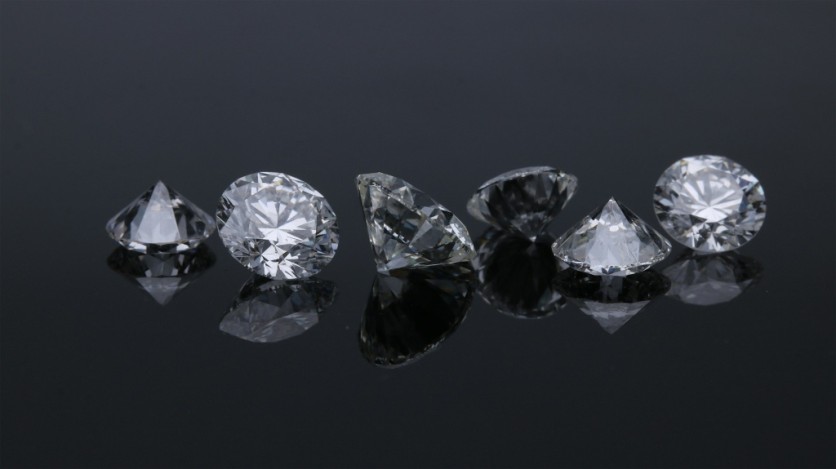In a transformative shift in the diamond sector, lab-grown diamonds are making waves for their cost-effectiveness and eco-friendly advantages.
AP reports that these man-made gems, once considered a novelty, are now challenging the dominance of natural diamonds, particularly in diamond-cutting hubs such as Surat, India.

Emergence of Lab-grown Diamonds
Lab-grown diamonds are making an impact everywhere, from labs like Greenlab Diamonds to major retailer showrooms. Smit Patel, director of Greenlab Diamonds, is confident in the future of these lab-grown gems.
In their sophisticated facilities, technicians work tirelessly to create diamonds that are nearly identical to their mined counterparts in less than eight weeks.
The influence of lab-grown diamonds on the global market is undeniable. Indian lab-grown diamond exports have tripled in value between 2019 and 2022, with a staggering 400% year-on-year increase in volume.
According to industry analyst Paul Zimnisky, the market share of lab-grown diamonds has increased from 3.5% in 2018 to a significant 18.5% in 2023, with the figure expected to exceed 20% this year.
However, not all industry players support the continued growth of these man-made diamonds. Martin Rapaport recently issued a controversial memo to the diamond and jewelry industry, urging them to stop doing business with lab-grown diamonds, which they described as "synthetic" and "fraudulent."
Eco-Friendly Diamonds
Is a laboratory-grown diamond considered genuine? According to the FTC, lab-grown diamonds are as authentic as natural diamonds despite being synthetic and produced by humans.
Both varieties share the fundamental properties of a diamond, which is defined as "a mineral composed primarily of pure carbon crystallized in the isometric system." Regardless of their origin, diamonds come in various colors, have a hardness of 10, a specific gravity of approximately 3.52, and a refractive index of 2.42.
Not only are lab-grown diamonds less expensive, but they are also more environmentally friendly. Producers claim their gems have a lower carbon footprint than mined diamonds, but concerns remain about the energy-intensive production process.
Some labs, such as Greenlab Diamonds, use solar energy, whereas others rely on carbon-intensive sources.
Young Consumers' Love for Lab-grown Diamonds
The rise of lab-grown diamonds has caused a cultural shift, particularly among younger consumers. In the United States, 36% of diamond engagement rings sold in February 2023 contained lab-grown gems; sustainability and ethical concerns drive purchasing decisions. For many, choosing a lab-grown diamond is both a financial and ethical decision.
However, the industry has challenges. Supply has increased, causing prices to plummet, with wholesale prices dropping 58% in 2023 alone. Some companies, including WD Lab Grown Diamonds, have even declared bankruptcy.
However, proponents argue that lower prices will only increase demand, making lab-grown diamonds more affordable to consumers.
Challenges Ahead
Transparency remains an important issue in the lab-grown diamond industry. While some businesses prioritize sustainability and transparency in their operations, others are less open about their environmental impact.
Concerns remain about the energy sources that power these labs, particularly in countries such as India and China, where coal remains the primary source of electricity.
Stay posted here at Tech Times.
Related Article : The World's Most Valuable Diamond 'Lulo Rose' Comes In Pink


![Apple Watch Series 10 [GPS 42mm]](https://d.techtimes.com/en/full/453899/apple-watch-series-10-gps-42mm.jpg?w=184&h=103&f=9fb3c2ea2db928c663d1d2eadbcb3e52)


